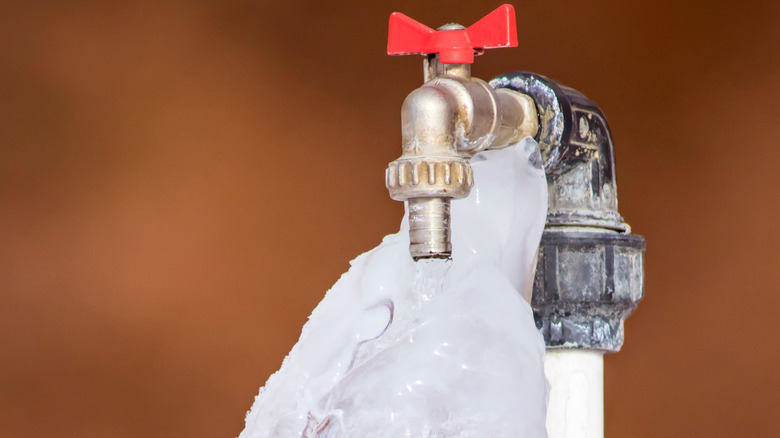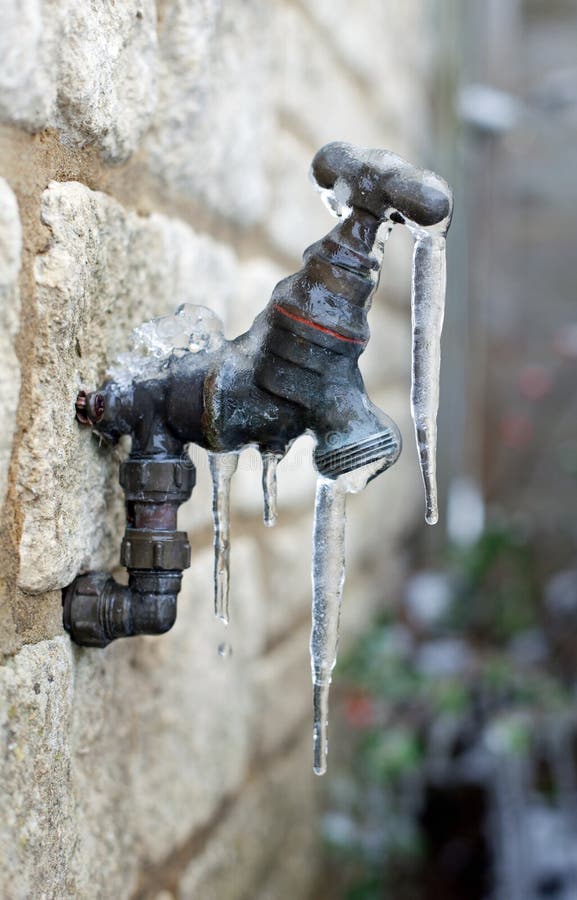Crucial Advice to Avoid Frozen Pipes in Cold Weather
Crucial Advice to Avoid Frozen Pipes in Cold Weather
Blog Article
We've found this great article relating to Prevent Frozen Pipes directly below on the internet and think it made perfect sense to share it with you in this article.

Cold weather can wreak havoc on your pipes, particularly by freezing pipelines. Here's just how to avoid it from taking place and what to do if it does.
Introduction
As temperature levels decline, the risk of icy pipes increases, possibly leading to pricey repairs and water damage. Recognizing how to avoid icy pipelines is essential for house owners in cool environments.
Avoidance Tips
Shielding vulnerable pipes
Wrap pipes in insulation sleeves or utilize warm tape to secure them from freezing temperature levels. Concentrate on pipes in unheated or outside areas of the home.
Heating strategies
Maintain indoor areas effectively warmed, particularly areas with plumbing. Open up cupboard doors to allow warm air to distribute around pipes under sinks.
How to recognize icy pipes
Seek lowered water flow from taps, uncommon odors or sounds from pipes, and noticeable frost on exposed pipelines.
Long-Term Solutions
Structural changes
Think about rerouting pipelines away from outside wall surfaces or unheated areas. Include added insulation to attics, basements, and crawl spaces.
Updating insulation
Invest in high-grade insulation for pipes, attics, and wall surfaces. Proper insulation assists preserve consistent temperatures and decreases the danger of icy pipelines.
Safeguarding Outdoor Plumbing
Yard pipes and outside taps
Separate and drain pipes yard tubes prior to winter season. Install frost-proof spigots or cover outside faucets with insulated caps.
Understanding Frozen Pipelines
What triggers pipes to freeze?
Pipelines ice up when subjected to temperature levels listed below 32 ° F (0 ° C) for prolonged durations. As water inside the pipelines ices up, it expands, taxing the pipeline walls and potentially causing them to rupture.
Threats and problems
Frozen pipes can bring about water disruptions, residential or commercial property damage, and costly repairs. Burst pipes can flooding homes and trigger extensive architectural damages.
Indications of Frozen Water Lines
Determining frozen pipelines early can stop them from rupturing.
What to Do If Your Pipelines Freeze
Immediate actions to take
If you think icy pipes, keep faucets open to soothe stress as the ice melts. Make use of a hairdryer or towels soaked in hot water to thaw pipelines slowly.
Final thought
Protecting against frozen pipes calls for aggressive actions and fast feedbacks. By recognizing the reasons, signs, and safety nets, homeowners can secure their pipes during winter.
5 Ways to Prevent Frozen Pipes
Drain Outdoor Faucets and Disconnect Hoses
First, close the shut-off valve that controls the flow of water in the pipe to your outdoor faucet. Then, head outside to disconnect and drain your hose and open the outdoor faucet to allow the water to completely drain out of the line. Turn off the faucet when done. Finally, head back to the shut-off valve and drain the remaining water inside the pipe into a bucket or container. Additionally, if you have a home irrigation system, you should consider hiring an expert to clear the system of water each year.
Insulate Pipes
One of the best and most cost-effective methods for preventing frozen water pipes is to wrap your pipes with insulation. This is especially important for areas in your home that aren’t exposed to heat, such as an attic. We suggest using foam sleeves, which can typically be found at your local hardware store.
Keep Heat Running at 65
Your pipes are located inside your walls, and the temperature there is much colder than the rest of the house. To prevent your pipes from freezing, The Insurance Information Institute suggests that you keep your home heated to at least 65 degrees, even when traveling. You may want to invest in smart devices that can keep an eye on the temperature in your home while you’re away.
Leave Water Dripping
Moving water — even a small trickle — can prevent ice from forming inside your pipes. When freezing temps are imminent, start a drip of water from all faucets that serve exposed pipes. Leaving a few faucets running will also help relieve pressure inside the pipes and help prevent a rupture if the water inside freezes.
Open Cupboard Doors
Warm your kitchen and bathroom pipes by opening cupboards and vanities. You should also leave your interior doors ajar to help warm air circulate evenly throughout your home.

I have been very curious about 6 Ways to Prevent Frozen Pipes and I am praying you liked the post. Don't hesitate to pause to promote this post if you liked it. I treasure reading our article about Preventing and dealing with frozen pipes.
Estimate Report this page